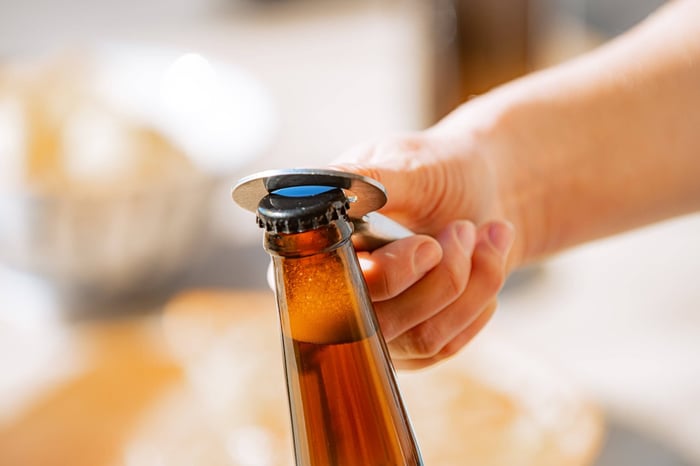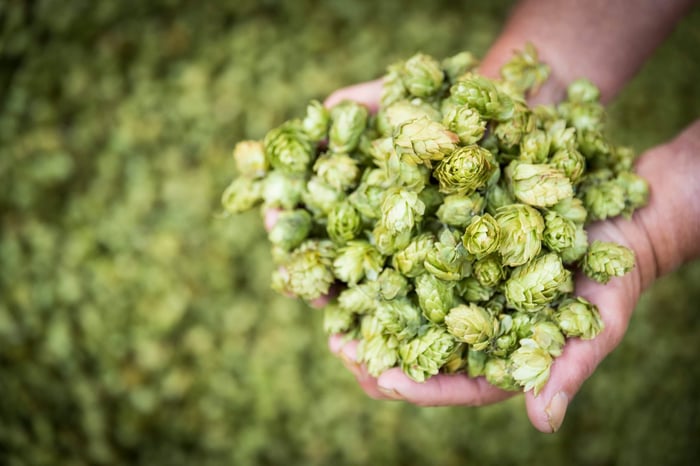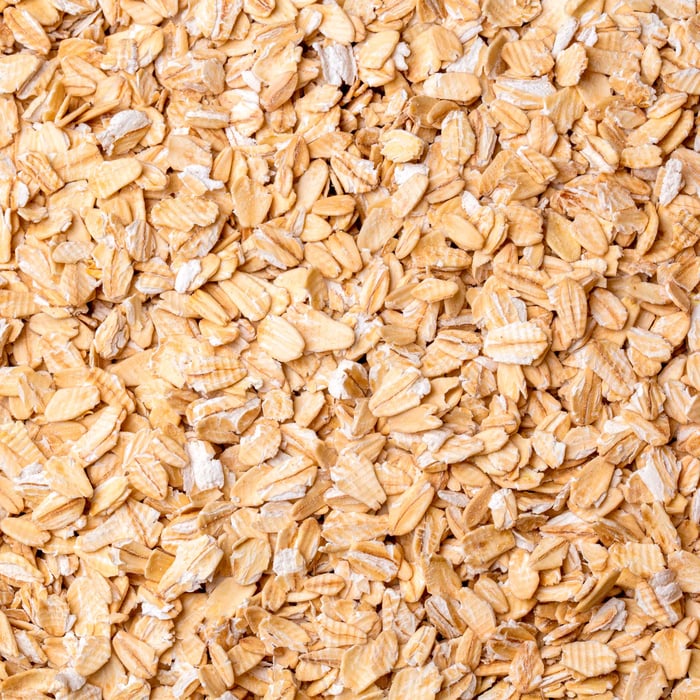Bottling day – the moment your fermenter-bound creation finally becomes something you can crack open and share with mates. Whether you're brewing a classic Australian lager or experimenting with Galaxy hops, nailing your bottling technique is what separates decent homebrew from something people actually ask for the recipe.
Let's break down everything you need to know about bottling, from choosing containers to achieving that perfect level of carbonation that'll have your friends impressed.
Choosing Your Bottles: What Works Best?
Recycled Plastic Bottles: The Thrifty Option - Those plastic soft drink bottles piling up in your recycling? They're actually perfect for getting started with bottling. They're designed for carbonated drinks, labels come off without much drama, and they won't cost you a cent. The main issue is light exposure – clear plastic offers no protection against harsh Australian sun, which can create off-flavours in hoppy beers. Store them somewhere dark and you're right.
Glass Beer Bottles: Traditional and Effective Saving empties from your brewery crawls around Australia? Smart move, especially if you can get brown glass bottles. They provide much better protection against light strike than clear ones – important when you're dealing with our intense UV levels.
Inspect each bottle carefully for chips or hairline cracks. Any damage means it's destined for the bottle bank, not your homebrew. Some labels peel off easily with warm soapy water, others seem permanently attached. A decent soak usually does the trick.
New Bottles: The Professional Route Ready to step up your game? Your local homebrew shop stocks everything from standard crown-cap bottles to convenient swing-top varieties. Crown caps give you that authentic brewery look and let you colour-code different batches, whilst swing-tops save you buying caps repeatedly.
Here's something useful about PET bottles: they work as carbonation indicators. When you first fill and cap them, you can easily squeeze the sides. Once carbonation is complete, they become rigid – it's like having a built-in progress meter.
Understanding Bottle Conditioning
Think of bottle conditioning as giving your yeast one final task. You're creating a controlled environment where the remaining yeast produces just enough CO₂ to carbonate your beer properly.
Carbonation Drops: Simple and Foolproof - This method is beautifully straightforward. Fill bottles straight from your fermenter, add one carbonation drop per 375ml bottle, cap them up, and you're done. It's consistent and removes guesswork – brilliant when you're bottling multiple styles or just want to keep things simple.
Priming Sugar: Complete Control - For precise carbonation control, calculating your own priming sugar gives you the flexibility to match different beer styles:
- Australian Lagers: 2.4-2.8 volumes CO₂
- Pale Ales: 2.2-2.6 volumes CO₂
- Porters and Stouts: 1.8-2.4 volumes CO₂
- Wheat Beers: 2.8-3.4 volumes CO₂
Preparing Your Priming Solution - Dissolve your calculated sugar quantity in approximately 475ml of boiling water – this sterilises everything whilst creating your solution. Allow it to cool to room temperature before use.
You can either add this to a bottling bucket and rack your beer on top, or stir it directly into your fermenter.
Professional Bottling Methods
Sanitation: Absolutely Essential - Everything that contacts your beer must be thoroughly clean and sanitised. This includes bottles, caps, transfer equipment, and any vessels you're using. Australian conditions can be particularly challenging for contamination, so don't cut corners here.
Create a methodical routine:
- Rinse bottles straight after drinking
- Clean everything thoroughly before bottling day
- Sanitise immediately before use
- Keep sanitised equipment covered until needed
Ensuring Fermentation is Finished - Never bottle beer that's still actively fermenting. Your hydrometer readings should be stable for at least 48 hours. This patience prevents over-carbonation that could result in dangerous bottle failures – definitely not something you want exploding in your garage during summer.
The Dishwasher Sanitising Trick - Your dishwasher makes an excellent bottle sanitiser for glass bottles. Run it empty with detergent to clean it thoroughly, then load bottles and run a hot cycle without cleaning products. The sustained heat effectively sanitises your bottles whilst saving heaps of time.
Managing Problematic Bottles - Occasionally a bottle will over-carbonate and foam excessively when opened. Check another bottle before assuming it's a batch-wide problem – usually it's isolated to one or two contaminated bottles.
If several bottles show over-carbonation, don't throw them out immediately. Set them aside for extended ageing. Sometimes wild fermentation creates complex flavour development that improves remarkably over months.
Australian Climate Factors
Our climate significantly affects conditioning times. Hot summer temperatures accelerate the process dramatically, whilst cooler winter conditions slow everything down. Generally, allow 2-3 weeks at fermentation temperature before transferring to cooler storage.
Glass bottles indicate conditioning completion through sediment formation at the bottom. With PET bottles, that firmness test we mentioned provides immediate feedback about carbonation progress.
Finishing Strong with Your Bottling
Bottling might feel like just another step, but it's actually the final creative element in your brewing journey. Whether you're producing classic Australian styles or developing signature recipes with local ingredients, proper technique ensures all your effort shows through in every bottle.
The fundamentals remain consistent: maintain perfect cleanliness, confirm fermentation is complete, and allow proper conditioning time. Your patience during this stage makes the difference between average homebrew and something exceptional.
Ready to take your brewing further? Explore our complete Brewing 101 series with techniques specifically relevant to Australian conditions and ingredients.
Got questions about your bottling setup? Contact us – we're always keen to help fellow Australian brewers perfect their technique.
Cheers to your brewing success,
Grainfather Team










